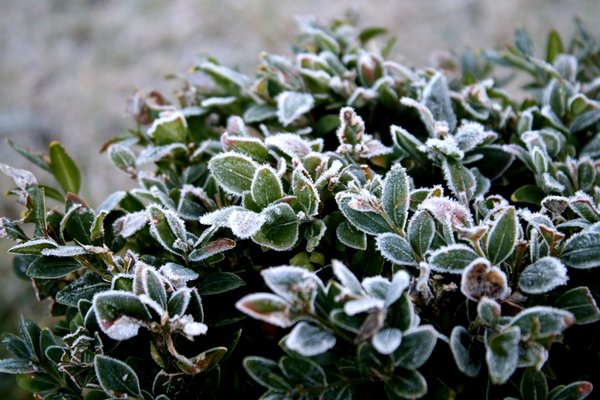Ever wondered if warm weather in Winter confuses your plants?
While you may not think the warmer weather calls for complaint, it’s a different story for your plants.

Spring blooming plants can open early into partial or full flowers due to unusually warm weather in November and December. Additionally, some woody plants may have grown fresh leaves.
If your plants have experienced untimely growth through the warm winter, there are a few things you should keep in mind.
Plants may not experience spring growth
Unseasonable weather can “trick” some plants into blooming prematurely. If plants budded during late fall and early winter, this means they may not bloom in the coming spring season.
For plants that only partially bloomed in the above average temperatures, that growth will reduce the quantity and quality of the plant’s bloom come spring.
Weather shifts leave long-term effects
Of course, extreme temperature changes can do more than just affect Spring blooms. They can severely damage and kill plants. Shifting from a period of warm temperatures to the teens and single digits could injure susceptible plants. And plants that have partially leafed out or budded can be stricken with dead or dying tips due to the drastic change.
Not all plants are affected equally
Many factors affect plant injury in unseasonable weather conditions. Plants can experience different outcomes based on plant species, cultivar, health, location and exposure.
Though nothing can be done to prevent or reverse premature blooming, the onset of the spring season will reveal how specific plants have been affected.
As always, scheduling a free property assessment with True North Outdoor will help you determine the best course of action for your plants when it’s time.
